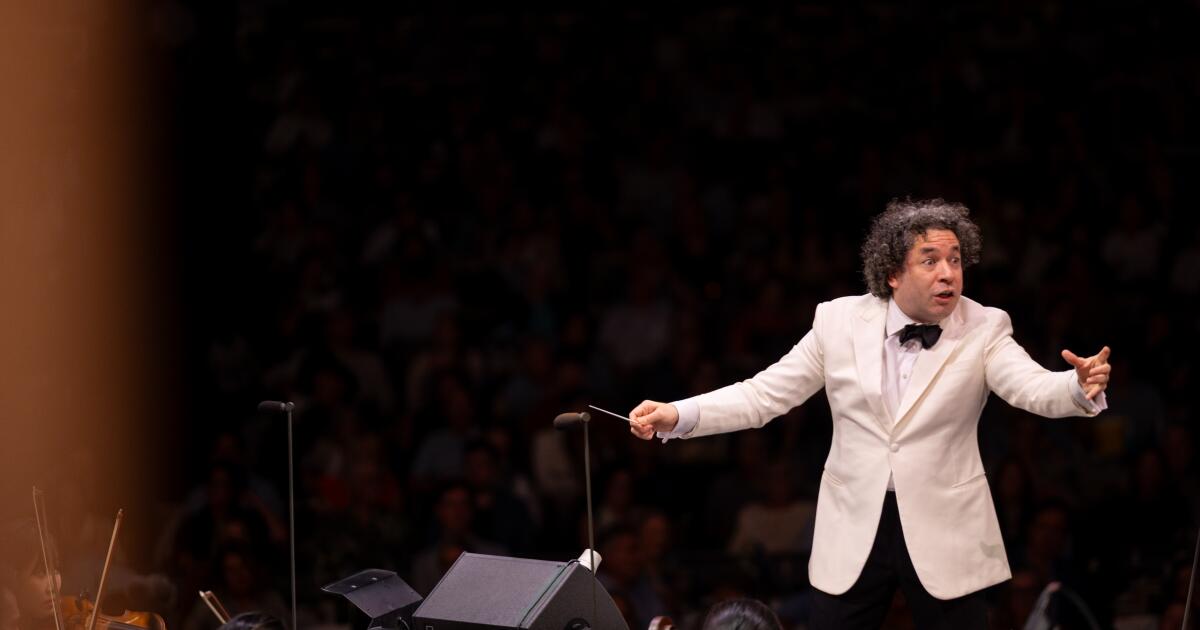Rapper DDG briefly detained in SoCal in possible swatting incident
A popular YouTube streamer posted on social media that he “almost [died] today” after Los Angeles County Sheriff’s Department deputies drew their weapons on him and briefly detained him Sunday afternoon in what he said appears to be a swatting incident.
Rapper DDG posted on a YouTube video that he was at a paintball tournament in Castaic when police surrounded him and other participants.
“I turned around and there’s like six police cars and I’m like, ‘OK, what’s going to happen?’” he said in the post.
DDG said he expected law enforcement would inform him of what was happening. Instead, he said, he was detained without an explanation.
Video on social media shows DDG being searched and being walked to and placed inside a sheriff’s vehicle just before 6 p.m.
“Bro, he pulled up. Ain’t no ‘what’s up,’ ain’t no nothing, ain’t no, ‘dude, we got a call.’ Nothing,” DDG said.
He then mimicked the pointing of a gun and said police yelled at him, “Hands in the air!”
DDG said that he had “just got done smoking … so, you’ve got to think what’s going through my mental, bro.”
He didn’t elaborate on what he was smoking but added, “I’m thinking to myself the whole time, ‘is this real?”
Multiple calls to the Sheriff’s Department’s Santa Clarita station went unanswered. The department’s main media relations office said it had no information about the incident.
As he sat in the back of the sheriff’s vehicle, DDG said, he told deputies he believed he was being swatted, which occurs when a false report of a crime or emergency is made to provoke an aggressive law enforcement response.
The most extreme examples of swatting have involved responses from Special Weapons and Tactics, or SWAT, teams.
While sitting in the sheriff’s vehicle, DDG said, he read information about the potential swatting call on an open sheriff’s laptop. He believed someone provided the Sheriff’s Department with a description of the exact type of car he drove. He added that whoever called in the complaint said that the rapper was armed and was going to hurt himself and others.
DDG said he was held for 20 minutes before being released.
“Enjoy life, life life like there’s no tomorrow,” he said on his stream, “because you never know.”


